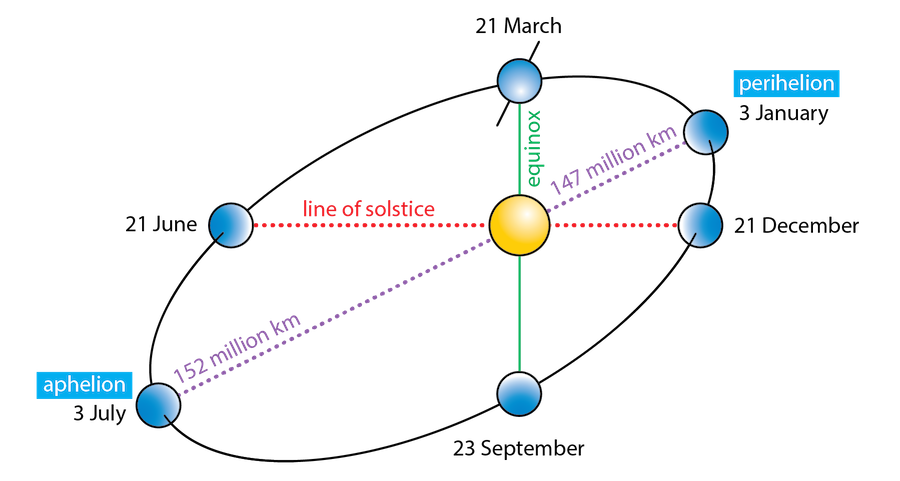
The shape of the Earth’s orbit changes from being elliptical (high eccentricity) to being nearly circular (low eccentricity) in a cycle that takes between 90,000 and 100,000 years. When the orbit is highly elliptical, the amount of insolation received at perihelion would be on the order of 20 to 30 percent greater than at aphelion, resulting. Pluto 's orbit is exceptional in that its orbit makes an angle of 17° with the Earth's orbit. This has led to a number of theories about Pluto's origin. Mercury is the only other planet which moves significantly away from the ecliptic plane ( 7°). As the name implies, an elliptical orbit or as it is more commonly known the highly elliptical orbit, HEO, follows the curve of an ellipse. However one of the key features of an elliptical orbit is that the satellite in an elliptical orbit about Earth moves much faster when it is close to Earth than when it is further away.

Three Classes of Orbit

High Earth Orbit
When a satellite reaches exactly 42,164 kilometers from the center of the Earth (about 36,000 kilometers from Earth’s surface), it enters a sort of “sweet spot” in which its orbit matches Earth’s rotation. Because the satellite orbits at the same speed that the Earth is turning, the satellite seems to stay in place over a single longitude, though it may drift north to south. This special, high Earth orbit is called geosynchronous.
A satellite in a circular geosynchronous orbit directly over the equator (eccentricity and inclination at zero) will have a geostationary orbit that does not move at all relative to the ground. It is always directly over the same place on the Earth’s surface.
Earth's Yearlong Elliptical Orbit Around The Sun
A geostationary orbit is extremely valuable for weather monitoring because satellites in this orbit provide a constant view of the same surface area. When you log into your favorite weather web site and look at the satellite view of your hometown, the image you are seeing comes from a satellite in geostationary orbit. Every few minutes, geostationary satellites like the Geostationary Operational Environmental Satellite (GOES) satellites send information about clouds, water vapor, and wind, and this near-constant stream of information serves as the basis for most weather monitoring and forecasting.

